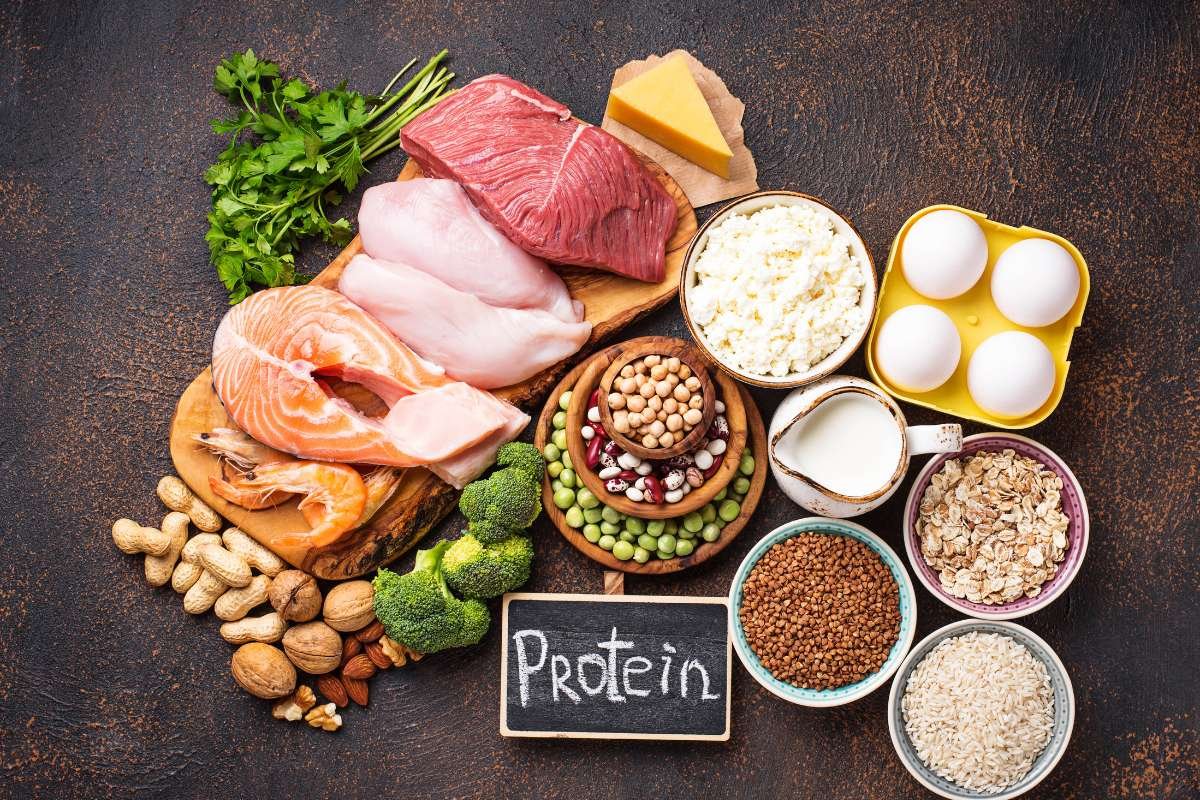Often some confusion in regard to food is caused whenever some health issues persist. A lot of times your immune system reacts in different ways to the food you eat. Food intolerance and food allergy are two different aspects. A true food allergy affects the immune system, while intolerance to food affects the digestive system.
The whole digestive cycle is disturbed and makes the patient irritable. Food intolerance is actually a problem with digesting the food. It is often mistaken as a problem with digesting the food. In an allergy scenario, even a small amount of intake of allergy-causing food is enough for the onset of allergy in a person. As small an amount as 7% to 8% of consuming allergy-causing food causes the food allergy.
Food allergy can be genetic and even person-specific. Food intolerance is when your gut is insensitive to certain foods and isn’t able to process further the consumption of the same. So here is an article on How to Tell If It’s a Food Allergy or Intolerance Causing Your Symptoms:
Common Symptoms of Food Allergy:
1. Skin Reactions

Food allergies often manifest as hives (itchy, raised welts on the skin), eczema, or itching. A reaction on the skin is the most common symptom of food allergy.
2. Respiratory Symptoms
Allergic reactions can lead to nasal congestion, sneezing, coughing, wheezing, or shortness of breath. Not all but some people suffer from respiratory issues when suffering from food allergies.
3. Gastrointestinal Distress
Nausea, vomiting, diarrhea, and abdominal pain are common digestive symptoms.
4. Swelling
Swelling of the lips, tongue, throat, or face (known as angioedema) can occur and may lead to breathing difficulties.
5. Cardiovascular Symptoms
In severe cases, food allergies can cause a drop in blood pressure, dizziness, and even loss of consciousness (anaphylaxis).
6. When Food Allergy Takes Place
When a food allergy is suspected or confirmed, doctors typically recommend the following steps:
7. Allergen Identification
Determine the specific food allergen responsible for the reaction through allergy testing, which may include skin tests or blood tests.
8. Allergen Avoidance
The most effective way to manage a food allergy is strict avoidance of the allergen. Patients are advised to carefully read food labels, inquire about ingredients when dining out, and avoid cross-contamination.
9. Epinephrine Auto-Injector
Individuals with severe food allergies, especially those at risk of anaphylaxis, are often prescribed an epinephrine auto-injector (such as an EpiPen) for emergency use.
10. Education and Awareness
Patients, their families, and caregivers should be educated about recognizing allergic reactions and administering epinephrine if necessary.
11. Medical Follow-Up
Regular follow-up visits with an allergist are essential to monitor the allergy, update the management plan, and discuss any new developments or treatments.
Understanding Food Intolerances
Food Intolerance Defined
Food intolerance occurs when the body has difficulty digesting certain foods or substances within them. Unlike food allergies, food intolerances do not involve the immune system.
Common Symptoms of Food Intolerance
- Gastrointestinal Symptoms:

Bloating, gas, diarrhea, stomach cramps, and constipation are typical digestive complaints associated with food intolerances.
- Headaches:
Some individuals may experience headaches or migraines after consuming trigger foods.
- Skin Issues:
Food intolerances can lead to skin problems like acne, eczema, or rashes.
- Fatigue:
Feeling tired or sluggish after eating specific foods is another symptom.
- Joint Pain:
Joint pain or inflammation may be linked to certain food intolerances.
When Food Intolerance Takes Place
When a food intolerance is suspected, doctors generally recommend the following steps:
1. Food Diary
Keeping a detailed food diary can help identify patterns between food consumption and symptoms. This can be a valuable tool for identifying potential trigger foods.
2. Elimination Diet
In some cases, a doctor may recommend an elimination diet. This involves removing suspected trigger foods from the diet for a period and then gradually reintroducing them to observe any adverse reactions.
3. Testing
Medical tests, such as lactose intolerance tests, hydrogen breath tests, or blood tests for specific intolerances, may be ordered to confirm the diagnosis.
4. Dietary Modifications

Once the trigger foods are identified, the primary treatment for food intolerance is dietary modification. Patients are advised to avoid or limit the consumption of problematic foods.
5. Nutritional Guidance
Doctors or dietitians may offer nutritional guidance to ensure that the diet remains balanced and nutritionally adequate despite the limitations imposed by food intolerance.
6. Supplementation
In some cases, doctors may recommend supplements or enzyme replacement therapy to help the body digest specific substances better.
Conclusion
In summary, understanding the differences between food allergies and food intolerances is crucial for effective management and relief from symptoms. Food allergies involve an immune response to specific food proteins and can be life-threatening, necessitating strict allergen avoidance and the availability of an epinephrine auto-injector.
Food intolerances, on the other hand, result from difficulties in digesting certain foods and require dietary modifications based on trigger foods identified through methods like food diaries and elimination diets. If you suspect you have a food allergy or intolerance, it is imperative to consult a healthcare professional for a proper diagnosis and guidance on how to manage your condition effectively.
Food allergies and intolerances can significantly impact your quality of life, but with the right approach, you can take control of your symptoms and enjoy a healthier and more comfortable life. A food allergy or intolerance, seeking professional medical advice is essential to manage your condition effectively and improve your quality of life.






.jpg)
